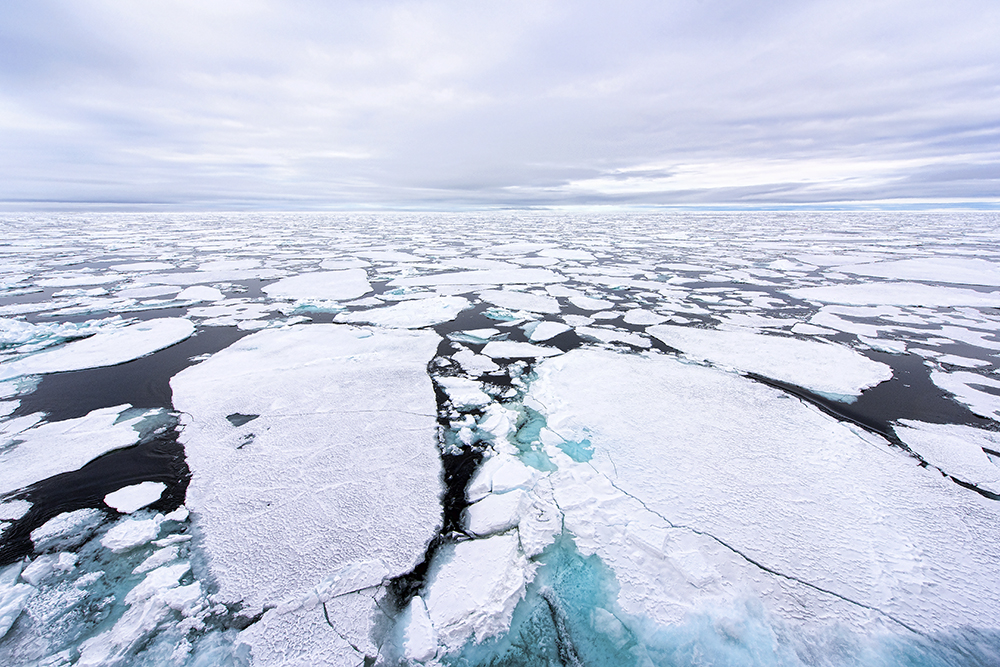Bering Sea Ice Hits a New Low in Spring 2018

As I flew out of Nome, the passenger next to me pointed out the window as we flew over eastern Norton Sound at a huge area of open water. Open water wouldn’t seem like the type of thing you show your seatmate, but in this region the sight of open water so early in the spring was not only worthy of pointing out, but a source of great alarm to both of us.
My seatmate was Richard Thoman, someone who knows more about the ice patterns in this region of the world than most. He’s the Climate Science and Services Manager for the National Weather Service in Alaska. A few days earlier I’d heard him give a keynote address at the Western Alaska Interdisciplinary Science Conference, which had brought me to Nome. The story he told was disturbing. According to records dating back to 1850, this year’s ice extent in the Bering Sea was unlike any other year. The waters of Kotzebue Sound, which is north of Nome (a place known for being the finish line of the Iditarod), was not even frozen this year.

The melting ice itself feels a bit apocalyptic – a very real, and hard to ignore, signal from our rapidly changing climate. But the direct impacts on communities are even more dire. Normally, sea ice provides an important buffer from harsh winter storms for coastal communities. Without this sea ice buffer, a storm in February caused severe damage to the community of Little Diomede, as waves crashed on shore where they’re not supposed to be, destroyed buildings and wiped out community infrastructure. The lack of sea ice also impacts the ability of hunters to reach marine mammals, a key source of food security and culture.
What does this mean for the future? In Thoman’s keynote, he warned that while every winter won’t be like this – sea ice will still be variable– we should expect that these types of ice conditions, which are unprecedented in recent history, will become more common. The sight of open water in eastern Norton Sound in April may become less of an anomaly. That means we all have to prepare for these new norms, to keep Alaska’s communities resilient and to put safeguards in place for the new industries for which the lack of sea ice clears the way.